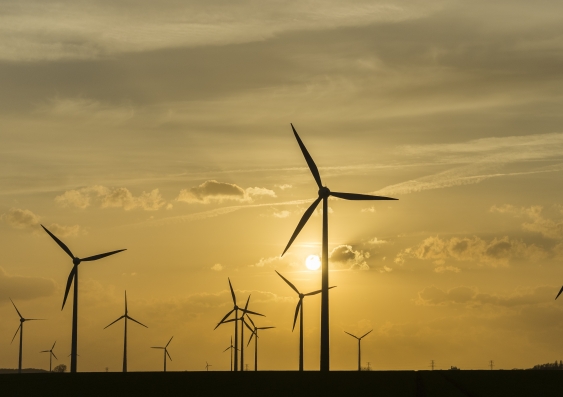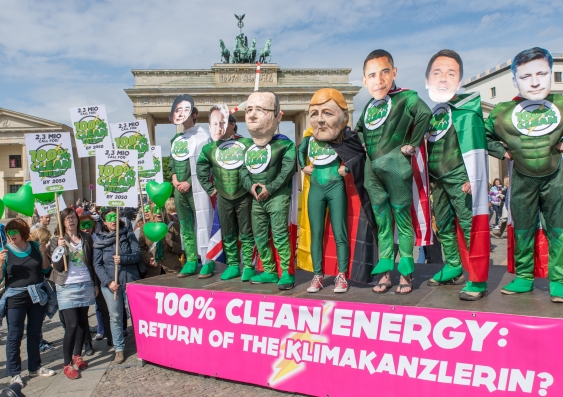A climate for change
On the eve of international climate change talks in Paris, UNSW magazine sits down with UNSW’s Matt England and Potsdam University’s Stefan Rahmstorf to discuss the likelihood of a legally binding global agreement, climate change denial and the importance of staying positive.




